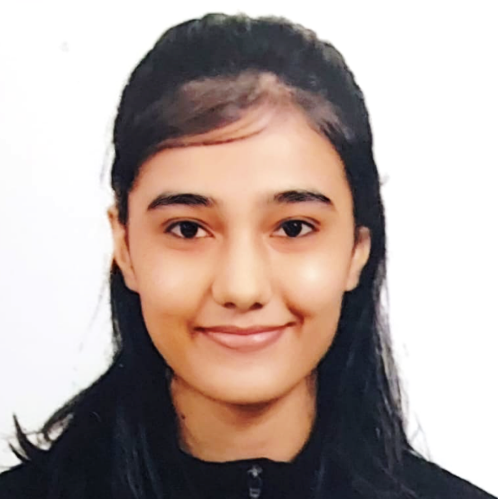
Nithyasri P.
Work place: Division of Data Science and Cyber Security, Karunya Institute of Technology and Sciences, Coimbatore, India
E-mail: nithyasrip@karunya.edu.in
Website:
Research Interests:
Biography
Nithyasri P. is currently a final-year undergraduate student pursuing Bachelor of Technology majoring in Computer Engineering, Division of Data Science and Cyber Security, Karunya Institute of Technology and Sciences, Coimbatore. Her research interests focus on Artificial Intelligence, Computer Vision, Data Mining, FinTech, HCI and IoT. She can be contacted at email: nithyasrip@karunya.edu.in
Author Articles
Neurolingua Stress Senolytics: Innovative AI-driven Approaches for Comprehensive Stress Intervention
By Nithyasri P. M. Roshni Thanka E. Bijolin Edwin V. Ebenezer Stewart Kirubakaran Priscilla Joy
DOI: https://doi.org/10.5815/ijisa.2025.01.01, Pub. Date: 8 Feb. 2025
Introducing an innovative approach to stress detection through multimodal data fusion, this study addresses the critical need for accurate stress level monitoring, essential for mental health assessments. Leveraging diverse data sources—including audio, biological sensors, social media, and facial expressions—the methodology integrates advanced algorithms such as XG-Boost, GBM, Naïve Bayes, and BERT. Through separate preprocessing of each dataset and subsequent feature fusion, the model achieves a comprehensive understanding of stress levels. The novelty of this study lies in its comprehensive fusion of multiple data modalities and the specific preprocessing techniques used, which improves the accuracy and depth of stress detection compared to traditional single-modal methods. The results demonstrate the efficacy of this approach, providing a nuanced perspective on stress that can significantly benefit healthcare, wellness, and HR sectors. The model's strong performance in accuracy and robustness positions it as a valuable asset for early stress detection and intervention. XG-Boost achieved an accuracy rate of 95%, GBM reached 97%, Naive Bayes achieved 90%, and BERT attained 93% accuracy, demonstrating the effectiveness of each algorithm in stress detection. This innovative approach not only improves stress detection accuracy but also offers potential for use in other fields requiring analysis of multimodal data, such as affective computing and human-computer interaction. The model's scalability and adaptability make it well-suited for incorporation into existing systems, opening up opportunities for widespread adoption and impact across various industries.
[...] Read more.Other Articles
Subscribe to receive issue release notifications and newsletters from MECS Press journals